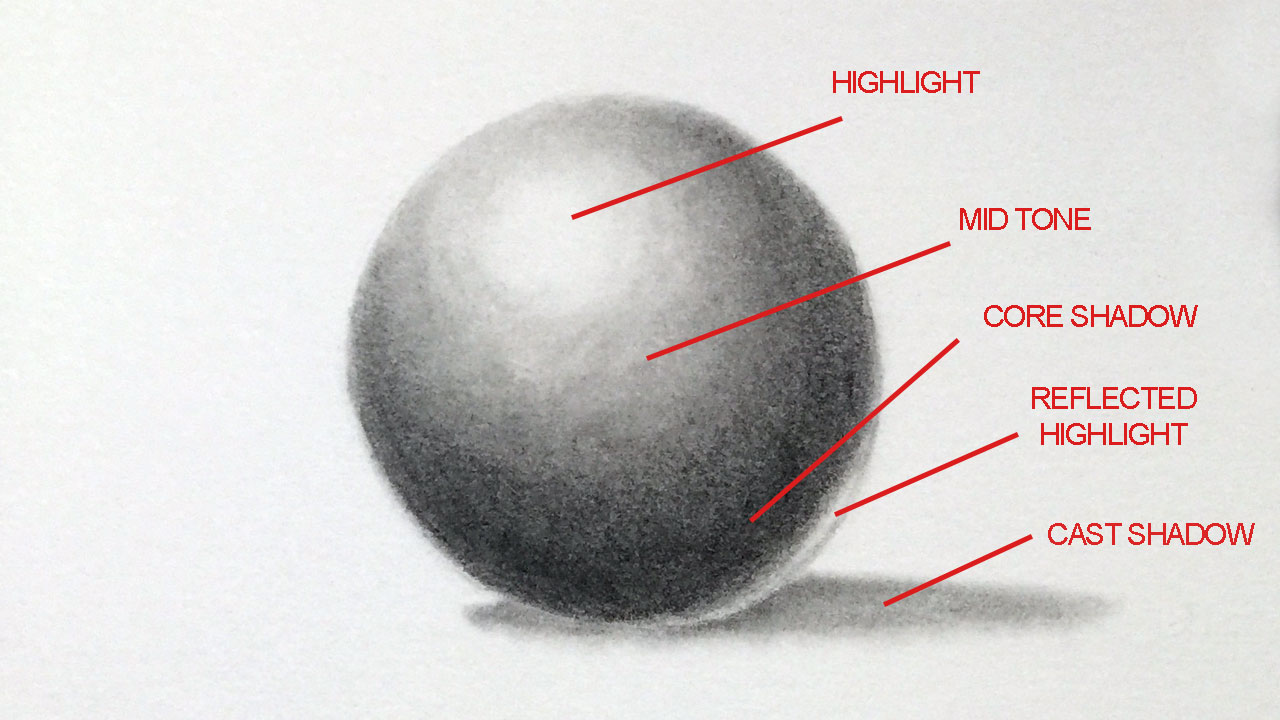
Source: The Virtual Instructor
The Impact of Shading on Photovoltaic Modules
Shading of a Single Cell
Shading is a significant issue in photovoltaic (PV) modules, as even shading just one cell can lead to a complete reduction in power output. When one cell in a module is shaded, it can diminish the output of the entire string of cells or modules. The excess power from unshaded cells is dissipated in the shaded cell, which can severely impact the overall performance of the PV system. Bypass diodes play a crucial role in isolating the shaded cell to mitigate this effect.
Effects of Shading on a Single Cell
When a cell is shaded by objects such as tree branches, buildings, or dust accumulation on the module, its output decreases proportionally to the degree of shading. For completely opaque objects like leaves, the reduction in current output of the cell is directly related to the extent to which the cell is obstructed. This highlights the sensitivity of PV cells to shading and the importance of ensuring they receive maximum sunlight exposure for optimal performance.
Shading of a Cell in a Module
When a cell within a module is shaded, it not only impacts the performance of that specific cell but also affects the overall output of the module. The shaded cell absorbs excess power from the unshaded cells, leading to decreased efficiency and power generation. This phenomenon underscores the need to address shading issues in PV systems to enhance their reliability and efficiency.

Source: YouTube
Feel free to comment your thoughts.
